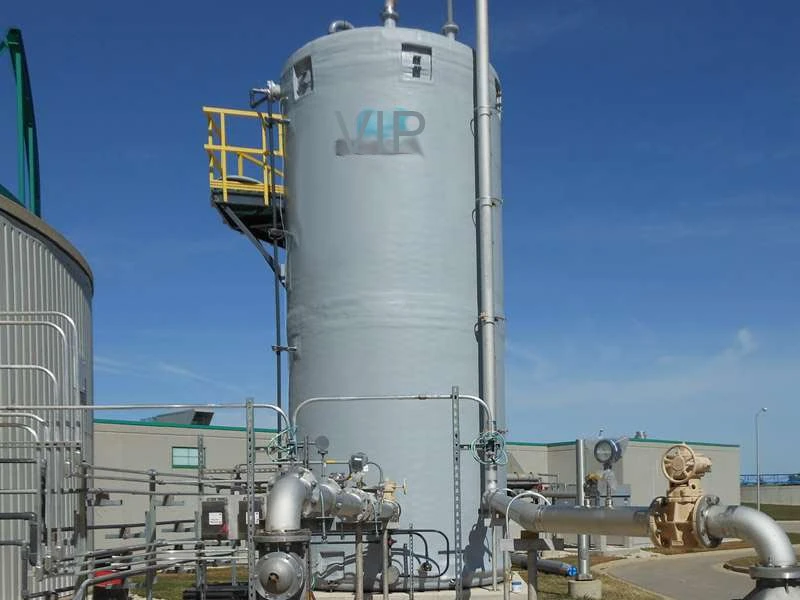
-
 Afrikaans
Afrikaans -
 Albanian
Albanian -
 Amharic
Amharic -
 Arabic
Arabic -
 Armenian
Armenian -
 Azerbaijani
Azerbaijani -
 Basque
Basque -
 Belarusian
Belarusian -
 Bengali
Bengali -
 Bosnian
Bosnian -
 Bulgarian
Bulgarian -
 Catalan
Catalan -
 Cebuano
Cebuano -
 China
China -
 China (Taiwan)
China (Taiwan) -
 Corsican
Corsican -
 Croatian
Croatian -
 Czech
Czech -
 Danish
Danish -
 Dutch
Dutch -
 English
English -
 Esperanto
Esperanto -
 Estonian
Estonian -
 Finnish
Finnish -
 French
French -
 Frisian
Frisian -
 Galician
Galician -
 Georgian
Georgian -
 German
German -
 Greek
Greek -
 Gujarati
Gujarati -
 Haitian Creole
Haitian Creole -
 hausa
hausa -
 hawaiian
hawaiian -
 Hebrew
Hebrew -
 Hindi
Hindi -
 Miao
Miao -
 Hungarian
Hungarian -
 Icelandic
Icelandic -
 igbo
igbo -
 Indonesian
Indonesian -
 irish
irish -
 Italian
Italian -
 Japanese
Japanese -
 Javanese
Javanese -
 Kannada
Kannada -
 kazakh
kazakh -
 Khmer
Khmer -
 Rwandese
Rwandese -
 Korean
Korean -
 Kurdish
Kurdish -
 Kyrgyz
Kyrgyz -
 Lao
Lao -
 Latin
Latin -
 Latvian
Latvian -
 Lithuanian
Lithuanian -
 Luxembourgish
Luxembourgish -
 Macedonian
Macedonian -
 Malgashi
Malgashi -
 Malay
Malay -
 Malayalam
Malayalam -
 Maltese
Maltese -
 Maori
Maori -
 Marathi
Marathi -
 Mongolian
Mongolian -
 Myanmar
Myanmar -
 Nepali
Nepali -
 Norwegian
Norwegian -
 Norwegian
Norwegian -
 Occitan
Occitan -
 Pashto
Pashto -
 Persian
Persian -
 Polish
Polish -
 Portuguese
Portuguese -
 Punjabi
Punjabi -
 Romanian
Romanian -
 Russian
Russian -
 Samoan
Samoan -
 Scottish Gaelic
Scottish Gaelic -
 Serbian
Serbian -
 Sesotho
Sesotho -
 Shona
Shona -
 Sindhi
Sindhi -
 Sinhala
Sinhala -
 Slovak
Slovak -
 Slovenian
Slovenian -
 Somali
Somali -
 Spanish
Spanish -
 Sundanese
Sundanese -
 Swahili
Swahili -
 Swedish
Swedish -
 Tagalog
Tagalog -
 Tajik
Tajik -
 Tamil
Tamil -
 Tatar
Tatar -
 Telugu
Telugu -
 Thai
Thai -
 Turkish
Turkish -
 Turkmen
Turkmen -
 Ukrainian
Ukrainian -
 Urdu
Urdu -
 Uighur
Uighur -
 Uzbek
Uzbek -
 Vietnamese
Vietnamese -
 Welsh
Welsh -
 Bantu
Bantu -
 Yiddish
Yiddish -
 Yoruba
Yoruba -
 Zulu
Zulu
frp transport tank
Understanding FRP Transport Tanks A Modern Solution for Liquid Transportation
In the realm of industrial applications, transporting liquids safely and efficiently is paramount. One innovative solution that has gained prominence in recent years is the use of Fiber Reinforced Plastic (FRP) transport tanks. These tanks offer a robust and versatile method for the storage and transportation of various liquids, including chemicals, water, and food products.
Understanding FRP Transport Tanks A Modern Solution for Liquid Transportation
One of the most remarkable features of FRP transport tanks is their versatility. They can be molded into different shapes and sizes to meet specific requirements. Whether it's for bulk transportation of liquids or smaller-scale operations, FRP tanks can be customized to fit the needs of various industries, including agriculture, pharmaceuticals, and food processing. This adaptability not only maximizes efficiency but also allows for innovative solutions tailored to specific applications.
frp transport tank

Additionally, FRP tanks provide excellent thermal insulation properties. This is particularly beneficial for the transportation of temperature-sensitive materials. By minimizing temperature fluctuations, these tanks help ensure that the quality of the liquid being transported is preserved, which is crucial in sectors such as the food and beverage industry. Furthermore, the insulation helps in reducing energy costs associated with heating or cooling the contents of the tank.
Safety is another critical aspect where FRP transport tanks shine. The materials used in their construction are non-toxic and do not leach harmful substances into the liquids they carry. This characteristic is vital for applications involving potable water or food products where contamination could lead to severe health risks. The lightweight nature of FRP also simplifies handling and reduces the risk of accidents during loading and unloading.
Cost-effectiveness is an ever-important consideration for businesses. While the initial investment in FRP transport tanks can be higher than conventional options, the long-term savings due to their durability, reduced maintenance, and lower replacement frequency can make them a wise financial choice.
In conclusion, FRP transport tanks represent a significant advancement in the field of liquid transportation. Their durability, versatility, and safety features position them as a preferred choice across a range of industries. As the demand for efficient and sustainable transportation solutions continues to grow, FRP tanks are likely to play an increasingly vital role in meeting these needs. Embracing these modern solutions can lead to enhanced operational efficiency and long-term benefits for businesses worldwide.
Latest news
-
Exploring the Benefits of Top Hammer Drifter Rods for Enhanced Drilling PerformanceNewsJun.10,2025
-
High-Precision Fiberglass Winding Machine for GRP/FRP Pipe Production – Reliable & Efficient SolutionsNewsJun.10,2025
-
FRP Pipes & Fittings for Shipbuilding - Corrosion-Resistant & LightweightNewsJun.09,2025
-
Premium FRP Flooring Solutions Durable & Slip-ResistantNewsJun.09,2025
-
Premium Fiberglass Rectangular Tanks Durable & Lightweight SolutionNewsJun.09,2025
-
Tapered Drill String Design Guide Durable Performance & UsesNewsJun.09,2025









